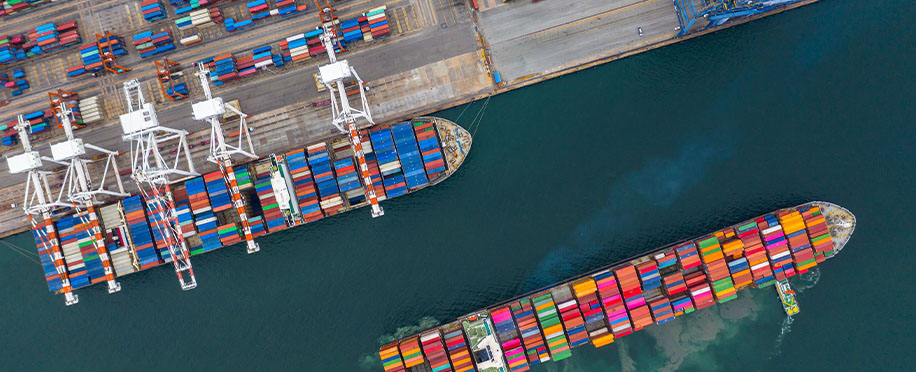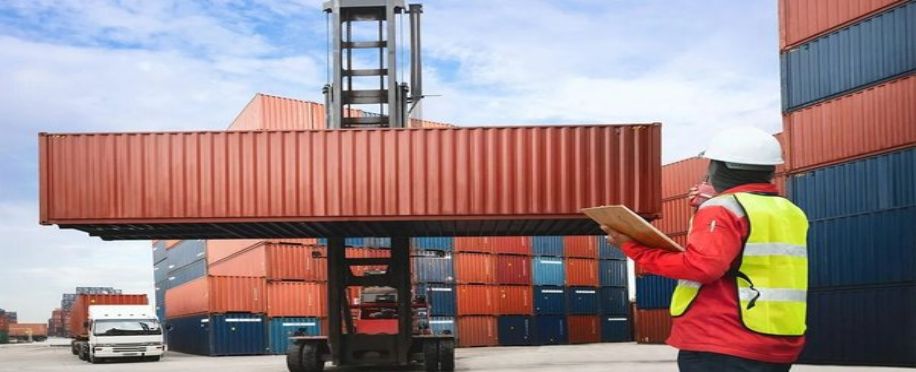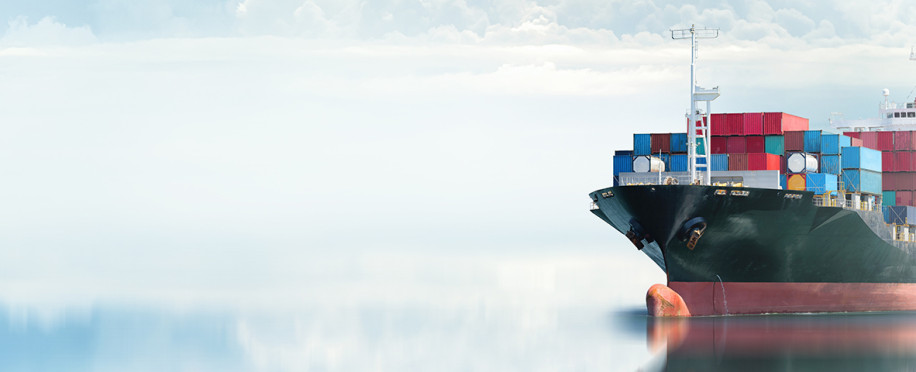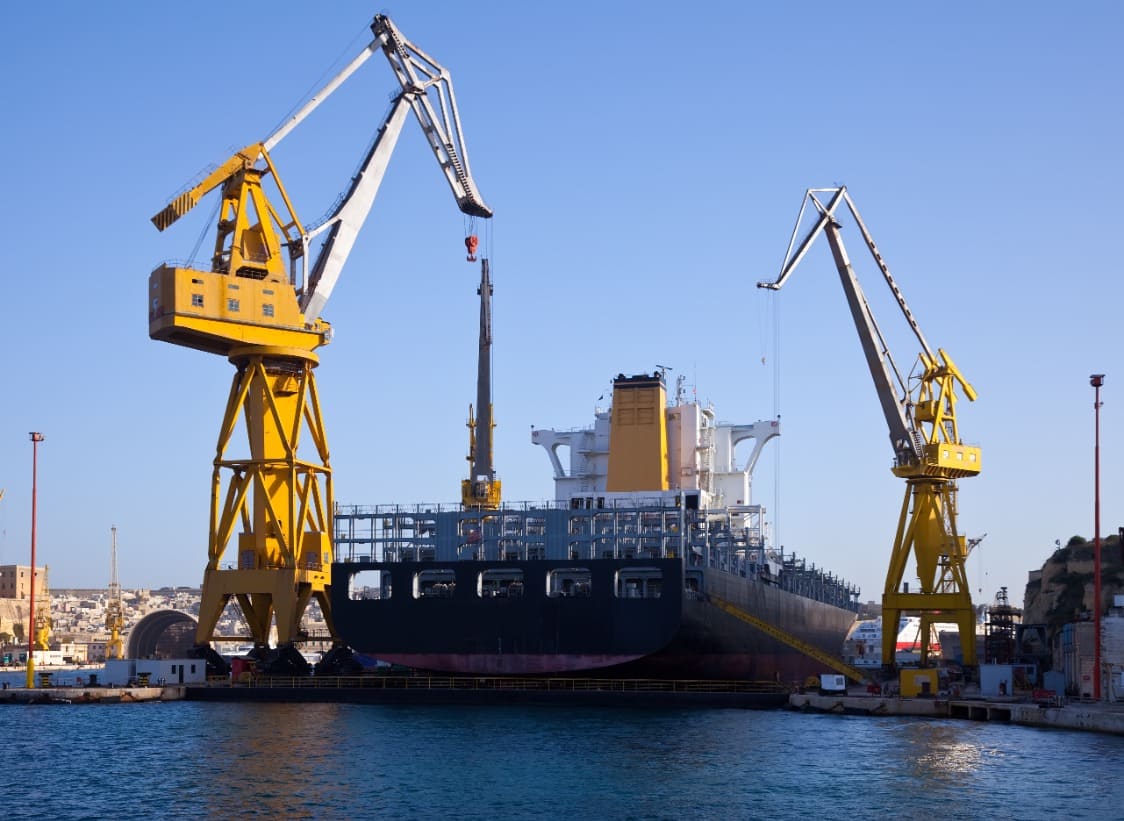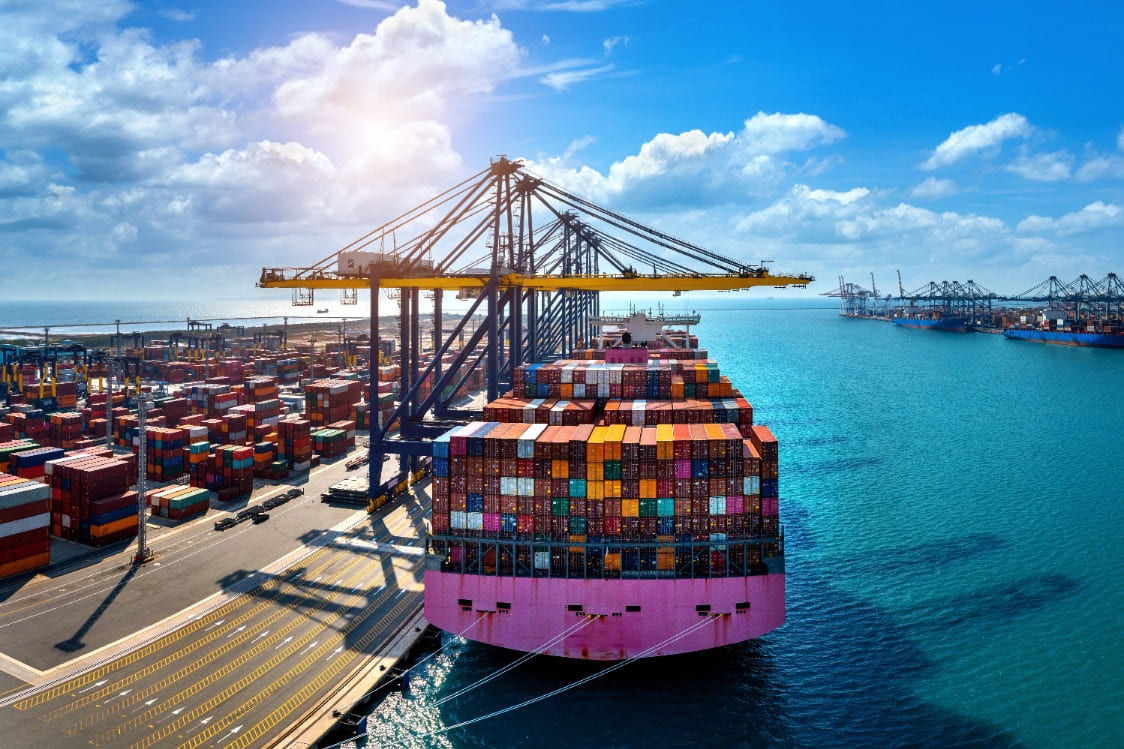Last Mile Delivery in 2025: Speed, Sustainability, or Both?
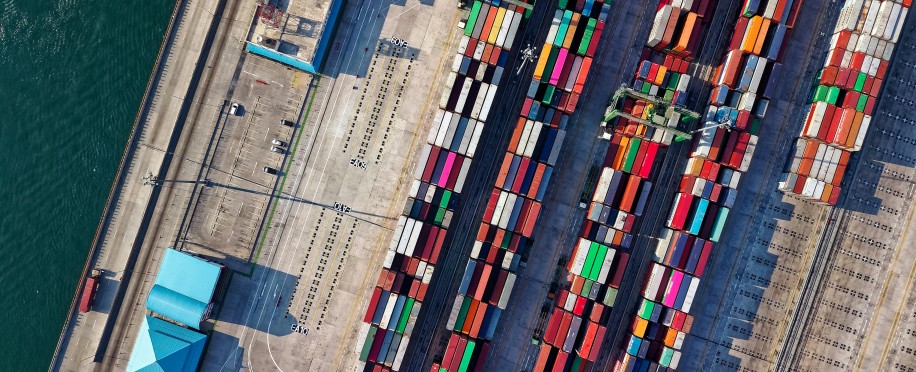
Posted on Apr 22, 2025 at 10:04 PM
In the evolving world of last mile delivery, companies are being forced to rethink priorities. Speed is no longer reliable enough for customer's satisfaction. Increasing pressure from regulators, eco-conscious consumers, and cost-sensitive businesses has brought sustainability to the front of the conversation. And yet, customer expectations around fast shipping haven't budged.
The challenge? Delivering on both fronts, without cutting into profit margins or overextending infrastructure. With the logistics landscape growing more complex each year, the focus in 2025 is no longer just about who gets it there first, but who gets it there smarter.
The Race for Speed: How Fast Is Fast Enough?
Many companies have built their brands around fast and frictionless delivery. The demand for next-day or same-day fulfillment is now a baseline expectation, especially in dense urban areas. But moving a product from the warehouse to the doorstep in under 24 hours isn’t as simple as it looks.
Last mile delivery represents the final leg of the journey, and arguably the most expensive step in the entire supply chain. Whether a package is routed through a distribution center, a sorting hub, or straight from a local store, that last stretch can account for over 50% of total costs. And with growing consumer demand, that margin is under even more strain.
Fortunately, technology has responded. Tracking platforms, dynamic routing software, and smart planning tools help providers optimize routes, avoid bottlenecks, and manage volume across networks. Companies like FedEx, OnTrac, and smaller courier startups are also testing new transportation models—from drones to autonomous vehicles—to improve reliability and speed.
Still, efficiency isn’t just about how quickly a parcel reaches a customer’s door. It’s also about reducing failed deliveries, maintaining transparency, and meeting the promised experience.
Sustainability at the Final Step: Is Green Delivery Gaining Ground?
Speed isn’t the only demand shaping last-mile delivery. Sustainability is no longer optional. With stricter emissions regulations, rising costs, and growing climate awareness, retailers, carriers, and third-party providers are making greener transport a strategic priority.
Fulfillment centers, warehouses, and distribution facilities are shifting closer to urban destinations to reduce travel distances. In parallel, electric vehicles, bike couriers, and even walking delivery options are being trialed for local deliveries, especially in crowded city zones.
Some innovative logistics providers are building out regional hubs with dedicated low-emission fleets or leveraging white glove services for bulky or high-value products, ensuring the final mile meets both speed and carbon goals.
And it’s not just about transport. Smarter sorting, efficient warehouse operations, and smarter management of returns are also part of reducing waste and boosting the overall efficiency of the delivery process.
This growing demand for environmentally responsible deliveries was also a key topic in recent Maritime Logistics training courses in London, which emphasized how greener last-mile models are starting to affect port-to-door shipping practices too.

The Road Ahead: Combining Speed with Sustainability
So, is it possible to deliver faster and cleaner at the same time?
The short answer is yes, but it requires commitment. From retail to freight, the industry is testing solutions that bring together low-emission fleets, micro-fulfillment centers, data-driven management platforms, and even AI-based predictive tools. Each part of the last mile delivery chain, from sorting center to doorstep, is being rethought.
Here’s where it starts:
- Use route optimization software to minimize unnecessary travel
- Invest in modular facilities that can scale with demand
- Rely on tracking systems that give users real-time updates
- Design a delivery strategy based on regional performance data
Balancing speed and sustainability will never be easy, but it’s more possible now than ever. It’s also a competitive differentiator. Customers are watching. And they’re increasingly making purchases based not just on delivery options, but on a company’s values, compliance with shipbuilding standards, service quality, and environmental efforts.
Eventually,
The pressure to move packages faster won’t disappear. But the demand to move them responsibly is only growing stronger. In 2025, last mile delivery isn’t about choosing between speed and sustainability—it’s about designing smarter systems that deliver both.
As the industry continues to evolve, companies that focus on creating integrated, cost-aware, and green delivery models will set the pace. After all, it’s not just about getting the product’s box to the door. It’s about how that box moves, who it impacts, and what it says about the business behind it.
